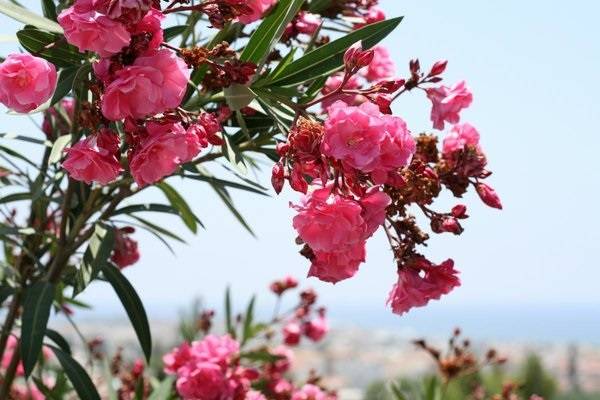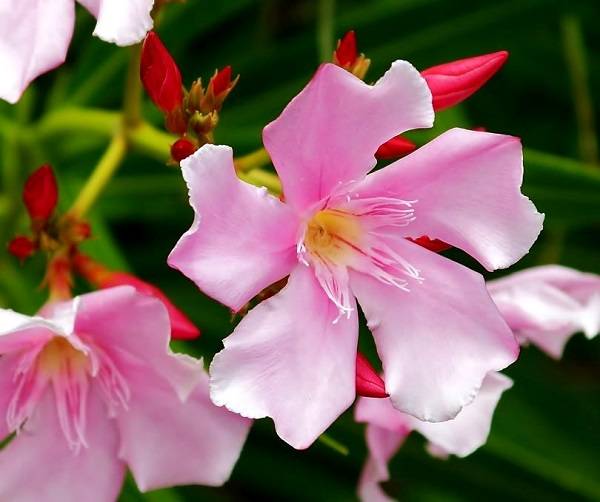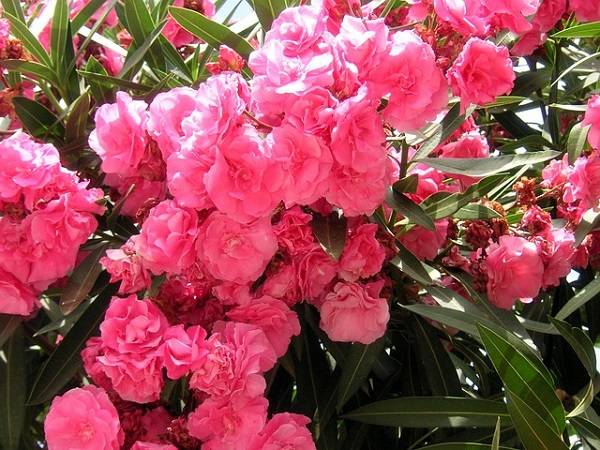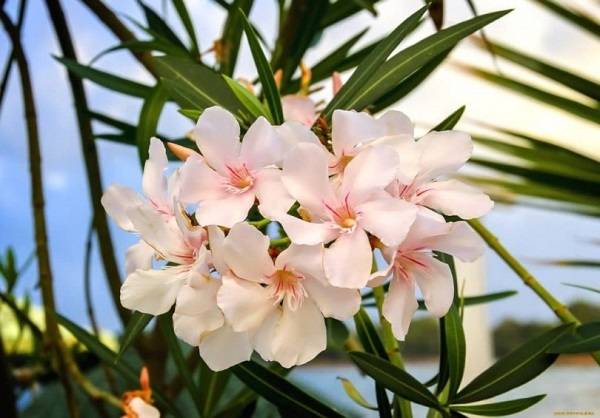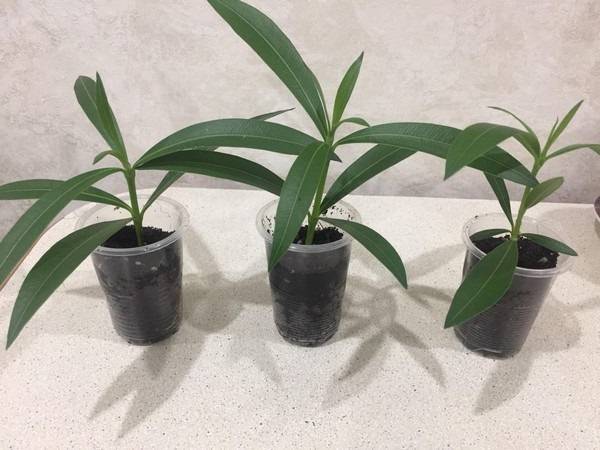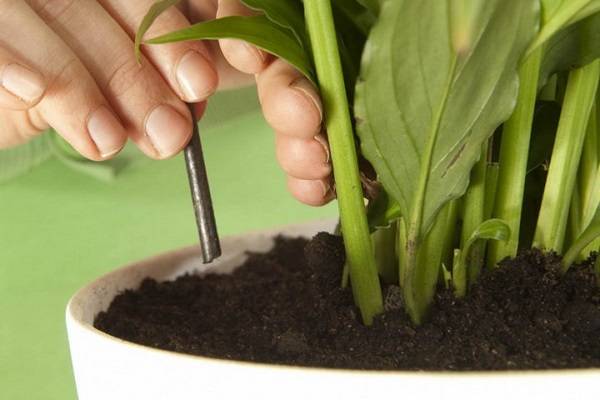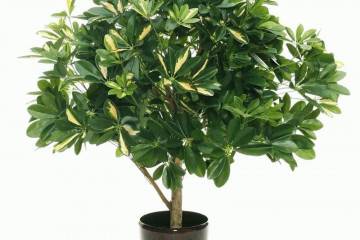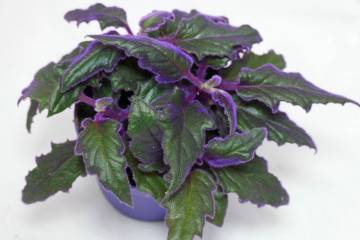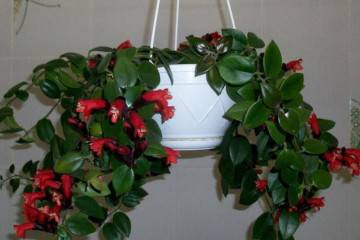Oleander flower - home care
Content:
Oleander is a sun-loving plant from the subtropics. In favorable climate conditions, it turns green all year round. Its flowering is very beautiful and the number of varieties is impressive. This makes it one of the popular flower crops that are successfully used to decorate landscapes. The plant has a second, very beautiful name - "pink laurel".
Oleander - indoor flower
Oleander (Nerium oleander in Latin) comes from the Kurta family. From Latin, the word "nerion", from which the name was formed, is translated as "wet". In warm climates, it has long been used for landscaping.
Today there are 3 main types of evergreen shrub. Common oleander is usually grown in houses. It can grow up to 2 m, taking the shape of a real tree. At home, it is required to prune the plant from time to time.
It is scientifically proven that Nerium Oleander has a cleansing effect on the air, removing various harmful impurities from the air.
Poisonous oleander or not? This question is of interest to many. It is still unknown whether the plant is dangerous. However, it has already been confirmed that toxic substances (poison) are present in the root system, leaves and flowers themselves. Therefore, after carrying out the basic procedures for caring for oleander, you should thoroughly wash your hands, and during the pruning process, be sure to wear gloves.
It is necessary to keep an indoor oleander flower in the house, being careful.It is not recommended to put it in the bedroom because of the strong floral aroma, as well as where there are children and animals.
The leaves of pink laurel are used to prepare medicines for diseases of the heart and blood vessels. The plant also helps to cope with skin diseases (ointments are made for external use).
The origin and appearance of oleanders
Under natural conditions, the flower grows in the subtropics from Portugal to China itself. At first, its beauty and decorativeness were appreciated in Algeria and in the southeast of Asia. There they began to grow to decorate gardens and houses.
A perennial shrub is widespread on the Black Sea coast. In warm climates in open conditions, the tree can grow very high - up to 4 m. Sometimes you can observe real oleander "thickets", exuding a wonderful aroma.
The leaves of the shrub are opposite each other. This arrangement is called opposite. They have a rich green color and an elongated shape. The middle is clearly defined.
The plant has wide-open flowers (up to 5 cm in diameter), painted in yellow, pink, red, pink tones. There are also other colors. One flower has 5 petals. Some varieties are distinguished by the presence of several rows of delicate petals. This gives the oleander a resemblance to roses, peonies.
Types and varieties
The flowering shrub amazes with its charm and delicate aroma. Floral notes of nerium oleander can be found quite often in perfumery compositions.
To date, many hybrids and varieties have been artificially eaten, differing in their shape, color, size. Below are the most popular types.
White oleander
It is characterized by large white inflorescences. They can be simple or terry. Inflorescences are neatly collected in shields. The white oleander variety has a specific smell for it, reminiscent of caramel. Especially suitable for growing in offices. It is believed that a shrub with white flowers eliminates fatigue and gives strength to work.
Pink terry
Small-sized "roses" look exquisite against the background of greenery. It has a delicate aroma. The pink oleander variety leaves no one indifferent. With proper care, it can bloom before the first frost. Thanks to cropping, you can experiment with shapes.
Yellow
Bright, small flowers look like funny bells. The plant tolerates the absence of moisture, as well as minor frosts. It can be grown on balconies. An excellent choice for a winter garden, as well as for a summer cottage in warm climatic conditions.
Star of Persia
It is an elite variety, distinguished by buds with a golden yellow center and peach color around the edges.
Scarlett
Continues the list of elite varieties. Differs in variegated elongated leaves. There are two colors in the color of flowers: white and deep pink or crimson.
Indian
Tall variety. The growth of an adult plant can be up to 4 m. The inflorescences are large in the form of brushes. Flowers are painted in a variety of colors: white, yellow, red, pink. The aroma is sweet, floral. Long bloom until autumn.
Fragrant
It is represented by a compact shrub up to half a meter in height. Differs in a great smell. It has delicate light pink flowers with a yellow center and narrow, dark green elongated leaves.
Planting oleander in a pot
Growing a plant will require a pot of the right size and suitable soil. The soil is made from turf, leafy earth, peat and sand. All components are taken in the same amount, only the sod is 2 times larger. Special garden soil, slightly acidic, as well as purchased soil for flowers, is also suitable. The drainage should allow air to flow well to the root system of the plant.
The plant develops quickly, so they acquire a larger capacity in advance. For seedlings, a pot with a volume of at least 7 liters is suitable. After a couple of years, the flower is transplanted into a new container, more spacious than the previous one. The condition of the root system is the main indicator that a plant needs to be transplanted. The largest container volume is 40 liters.
Reproduction of oleander
Oleander can be propagated by seeds, cuttings, layering. The first two methods are popular.
Propagation by cuttings
The easiest method is to propagate using cuttings that remain after pruning the shrub. The length of the cutting should be no more than 15 cm. To avoid decay, sprinkle the slices with charcoal powder. Wait until the cut is completely dry.
Before rooting, charcoal is also added to the soil for disinfection. The pot with cuttings is placed in a well-lit place. The irrigation regime is carefully observed so that there is no excess moisture in the soil.
Growing from seeds
The seed method of growing is used much less often, since it is more laborious. This is due to the fact that not all seeds have sufficient germination potential. Special conditions are required - illumination (including artificial illumination), temperature regime.
Seedlings may lose the main characteristics of the variety.For germination, fresh seeds are collected, soaked for 30 minutes in a weak solution of potassium permanganate or other fungicide. After that, it is placed in a solution of "Zircon" for 1 hour. You can also use "Heteroauxin". The soil is prepared as for an adult shrub. Seeds treated in two solutions are sown into the soil.
Seedling care consists of the following activities:
- the use of artificial lighting;
- providing access to fresh air;
- maintaining a certain level of humidity;
- creation of optimal temperature conditions;
- systematic watering.
Oleander care
It should be taken into account when growing oleander, care at home and in the open field for it is quite simple. However, there are features and differences depending on the growing conditions. So, the indoor oleander flower requires a spacious and well-lit room, as well as basic care procedures.
Young plants need to be replanted annually, and those that are older - once every 2-3 years. The old roots are shortened a little, and the earthen lump is made smaller in size. This promotes "collective" flowering.
The new planting pot or container should be larger than the old one. Drainage from expanded clay, pebbles, gravel is poured at the bottom. The transplant is mainly carried out with the onset of spring.
Pruning
This procedure should not be neglected, because flowers are formed on the shoots of the last year. Pruning after flowering is required. This creates a neat shrub shape and retains its decorative effect. The branches are cut to 1/2 or 2/3 of the entire length. Remove vegetative shoots under the buds to speed up the formation of the bush and achieve more flowers.
An important condition for growing a bush with dense foliage is good lighting. When there is not enough sunlight, the leaves begin to turn yellow and fall off. The plant does not bloom. In winter, it is worth organizing artificial lighting.
In the summer, it is recommended to keep the flower at a temperature of + 20-28 degrees, and in winter - + 10-15.
Watering mode and feeding
The plant is drought tolerant. However, it develops more slowly under such conditions. Watering should be regular. Increased in spring and summer, reduced in winter. To understand that oleander needs water, just touch the topsoil. If it's dry, you can water it.
Complex fertilizers are used for feeding. In spring and summer, they are applied every 14 days. Nerium oleander prefers organic. It is usually applied in the summer when the plants are placed outdoors. Before feeding, the plant must be well watered.
During the flowering period, the plant requires a temperature of at least +20 degrees. The place must be carefully protected from strong winds and drafts. A flowering shrub will do better near a body of water, which may be artificial. Flowering lasts approximately 5 months.
The plant has a dormant period when the care changes slightly. He needs to lower the ambient temperature. Enough from +8 to +15 degrees. Reduce watering and no fertilization. This is the time when the flower is gaining strength for further growth and flowering.
Preparing for winter
In warm climates, the plant is only covered with a film for the winter, leaving it outside. Pruning is desirable. After this procedure, it will be easier to cover the plant. At home, they lower the temperature and maintain the required level of humidity.
Oleander is an exotic guest from the subtropics, which is successfully grown in areas with a different climate. It grows both in the garden and at home. In the latter case, it is worth remembering that the leaves, stems, roots and flowers of the plant itself contain toxic substances. If the oleander is properly looked after, it will delight with lush and long flowering.
